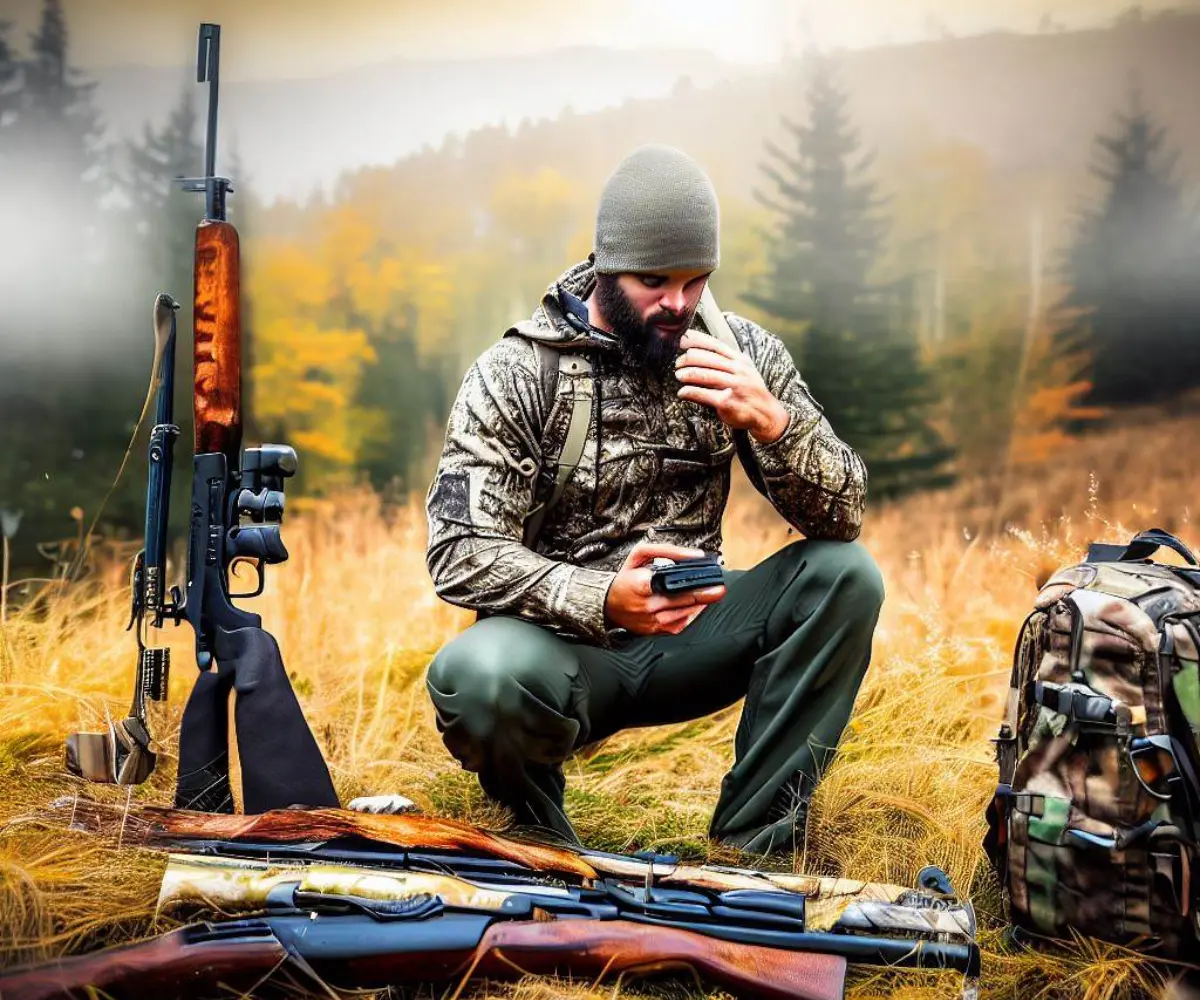When it comes to hunting, the choice of your firearm can significantly impact your experience and success. It’s essential to understand what you should check before choosing a firearm for hunting. This article will guide you through the critical factors to consider, ensuring you make an informed decision that enhances your hunting experience.
What Should You Check Before Choosing a Firearm for Hunting?
Topics Covered In This Article
Type of Firearm
The first factor to consider when choosing a firearm for hunting is the type of firearm. There are primarily three types rifles, shotguns, and handguns. Each has its advantages and is suitable for different hunting scenarios.
Caliber and Gauge
The caliber or gauge of a firearm is another crucial factor to consider. This refers to the diameter of the firearm’s barrel and consequently, the size of the bullet or shot it fires. The choice of caliber or gauge will depend on the game you plan to hunt.
Weight of the Firearm
The weight of the firearm is a critical factor to consider, especially for hunts that involve long treks. A lighter firearm might be easier to carry, but it may also have more recoil.
Fit and Comfort
The fit and comfort of the firearm are essential for accurate shooting. When choosing a firearm for hunting, ensure it fits well in your hands and against your shoulder, and you can comfortably reach the trigger.
Safety Features
Safety should be a top priority when choosing a firearm for hunting. Check for safety features such as manual safety, a loaded chamber indicator, and a grip safety.
Frequently Asked Questions
What type of firearm is best for hunting?
The best type of firearm for hunting depends on the game you’re hunting and your personal preference. Rifles are ideal for big game hunting at long distances, shotguns are excellent for bird hunting, and handguns can be used for small game hunting.
How do I choose the right caliber or gauge for hunting?
The right caliber or gauge depends on the game you plan to hunt. Larger calibers or gauges are suitable for bigger game, while smaller ones are ideal for smaller game.
Does the weight of the firearm matter?
Yes, the weight of the firearm matters. A lighter firearm is easier to carry but may have more recoil, while a heavier firearm can be more stable but harder to carry.
How should a firearm fit for hunting?
A firearm should fit comfortably in your hands and against your shoulder. You should be able to reach the trigger easily without straining.
What safety features should I look for in a hunting firearm?
Look for safety features such as a manual safety, a loaded chamber indicator, and a grip safety. These features can help prevent accidental discharges.
Conclusion
Understanding what to check before choosing a firearm for hunting can make a significant difference in your hunting experience. By considering the type, caliber, weight, fit, and safety features of the firearm, you can ensure that you choose a firearm that is not only suitable for your hunting needs but also safe and comfortable to use.
Related:
What Color Lenses Are Best for Hunting Glasses?
Do Polarized Sunglasses Affect Hunting?
What is the Hunter’s Most Important Item of Clothing?

Walter Hendricks is a well-known authority in the eyewear industry, specializing in a diverse range of products such as gaming glasses, swimming goggles, sunglasses, eyeglasses, computer glasses, and fashionable daily-wear eyewear.
Hendricks believes in empowering his readers with in-depth information to help them choose the right glasses that blend functionality and fashion, catering to their unique lifestyle requirements.
His comprehensive reviews and informative articles provide clear insights on everything from cutting-edge gaming glasses to the latest trends in eyewear fashion. Through his work, Hendricks has proven his dedication to helping consumers make informed eyewear decisions that support both their visual needs and style preferences.

